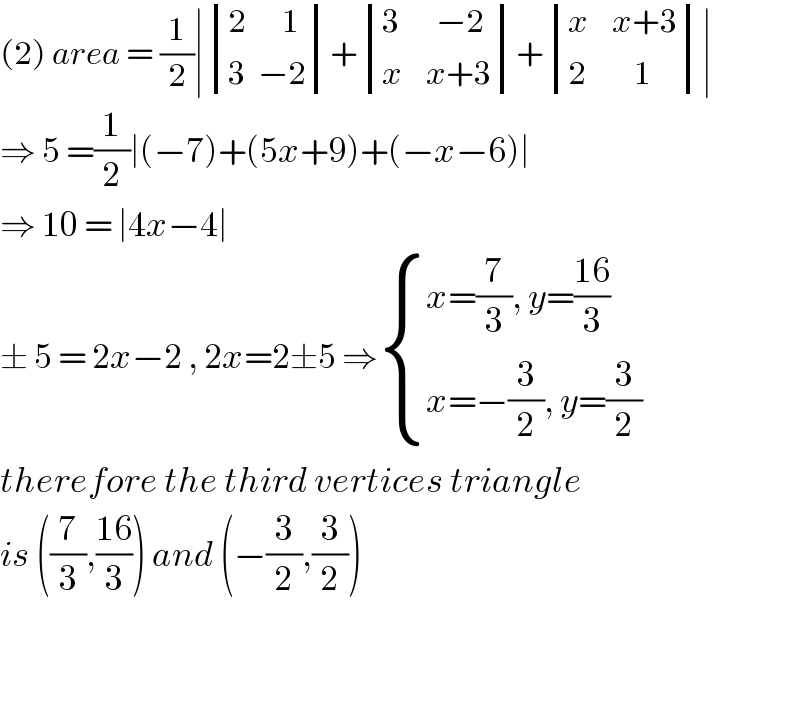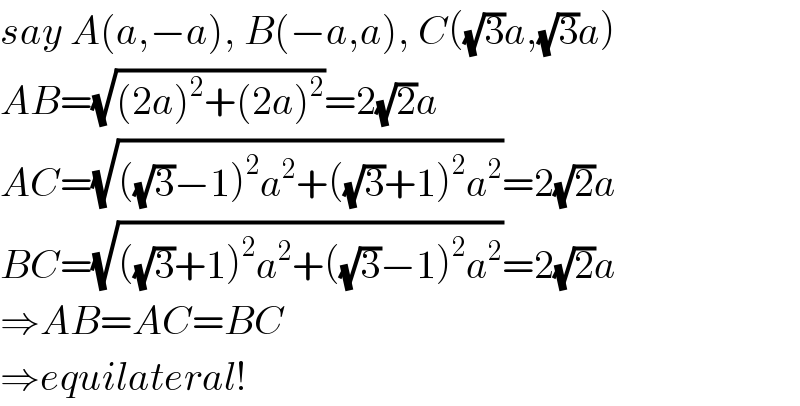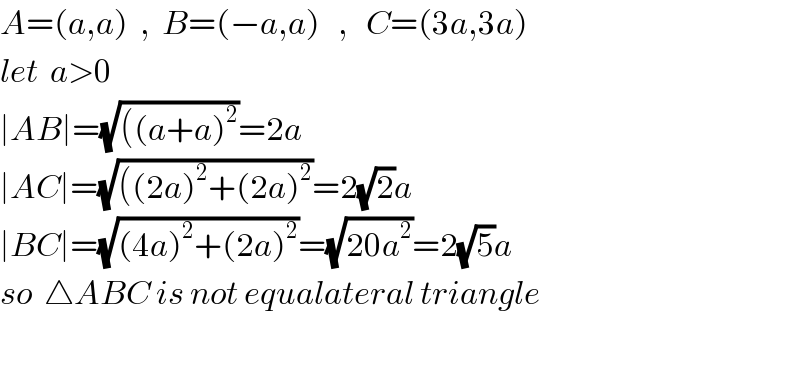
Question and Answers Forum
Question Number 80207 by peter frank last updated on 01/Feb/20

Commented by john santu last updated on 01/Feb/20

Commented by mr W last updated on 01/Feb/20

Commented by peter frank last updated on 01/Feb/20

Commented by mr W last updated on 01/Feb/20

Commented by kaivan.ahmadi last updated on 01/Feb/20

Commented by peter frank last updated on 01/Feb/20

